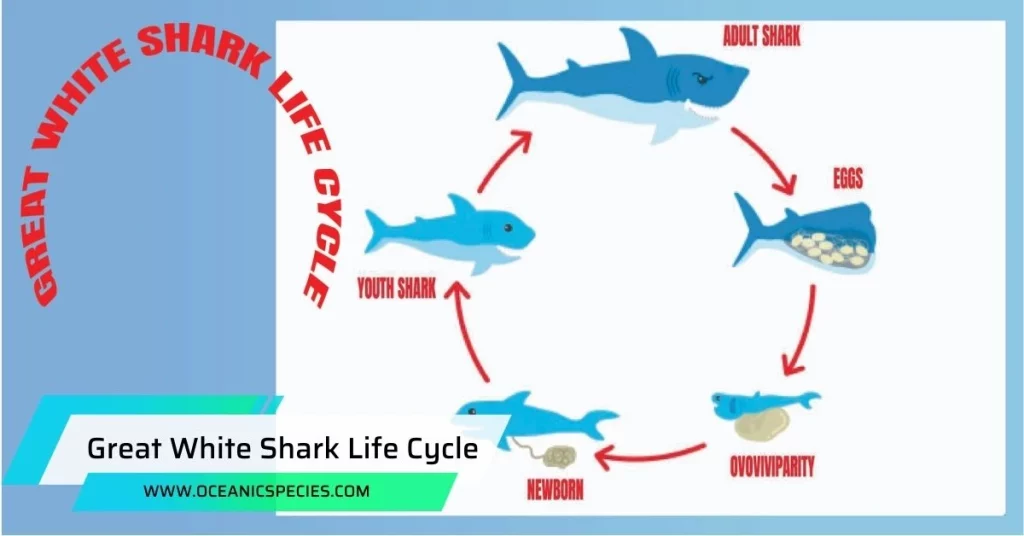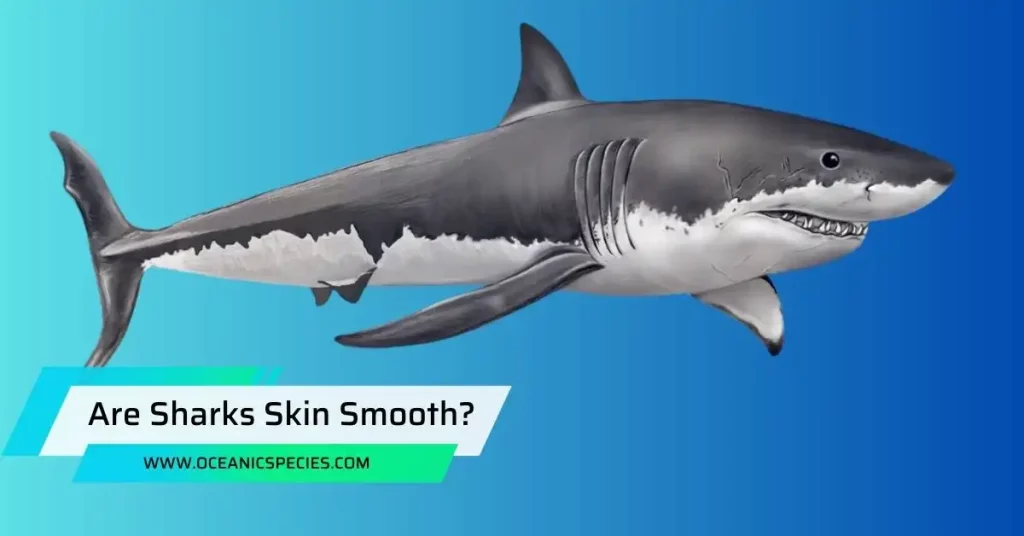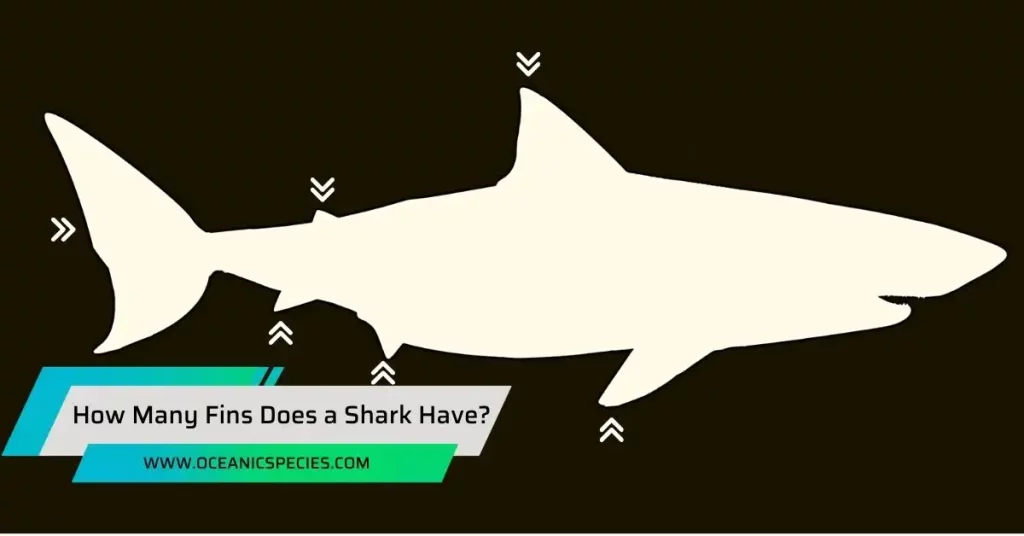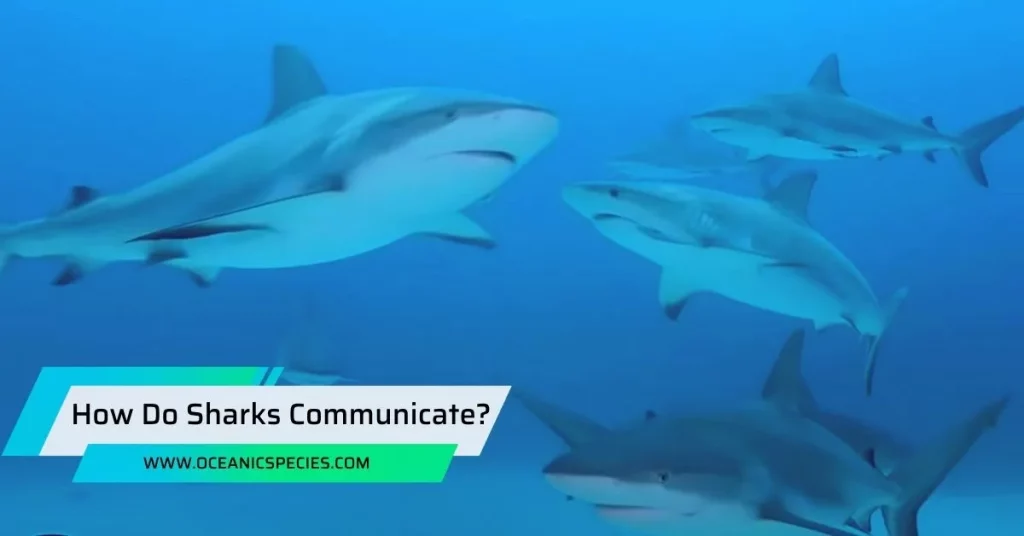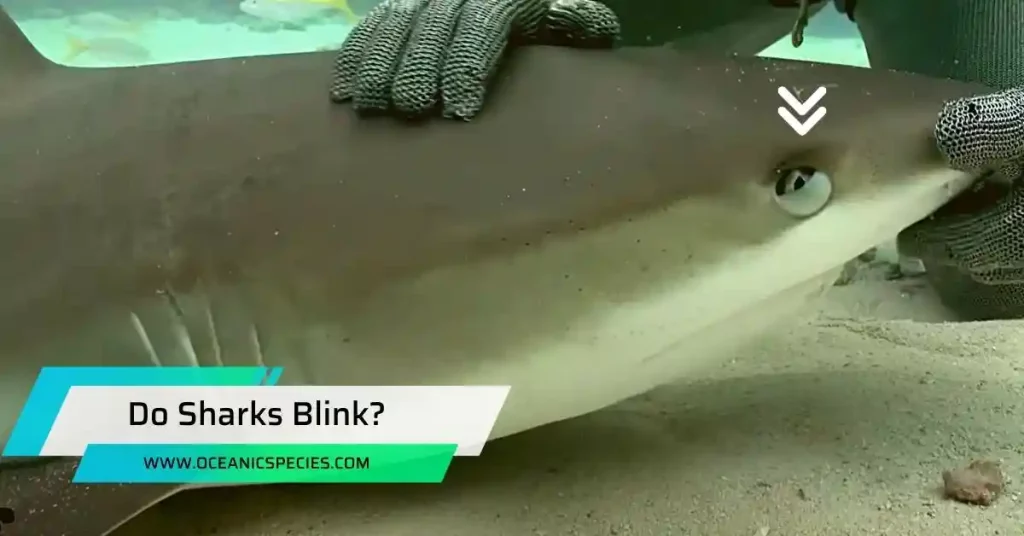The life cycle of a great white shark consists of birth, growth, maturity, and reproduction. Great white sharks are born live and are independent from birth.
As they grow, they feed on a variety of prey to support their rapid growth. Once mature, they are capable of reproduction, with females producing offspring every two to three years.
Life In The Shadows: The Mysterious Beginnings Of The Great White Shark
The great white shark, known for its infamous reputation as a fierce predator of the oceans, has a life cycle that is just as intriguing as its hunting skills. From the secretive breeding grounds to the treacherous waters of infancy, this apex predator navigates a path filled with mystery and wonder.
Let’s dive into the intriguing world of the great white shark and uncover the secrets of its early life.
Breeding Grounds: Unveiling The Secrets Of The Great White Shark’S Reproductive Habits
Great white sharks are believed to reach sexual maturity between the ages of 26 and 33, with the females maturing slightly earlier than the males. Breeding grounds for great white sharks are still largely unknown, making their reproductive habits a topic of fascination and speculation.
It is suspected that these majestic creatures may use certain areas, such as the western cape of south africa or the waters around guadalupe island, as breeding grounds. Male sharks use their highly sensitive scent receptors to locate potential mates, navigating vast oceanic distances in search of females.
Once males find a potential mate, they engage in a courtship display, involving parallel swimming and biting on the female’s pectoral fins, to test her receptiveness.
Gestation Period: The Remarkable Journey From Fertilization To Birth
Following successful courtship, female great white sharks undergo internal fertilization, where males transfer sperm into the female’s reproductive tract using their claspers. The gestation period of the great white shark varies, with estimates ranging from 10 to 12 months.
During this development period, the embryos receive nourishment through a process called oophagy, where the strongest embryos consume their weaker siblings. This phenomenon ensures only the fittest survive. The female great white shark does not provide any further nourishment to her developing embryos, leaving them to fend for themselves. As the embryos grow, they rely on a yolk sac, which provides them with essential nutrients until they are ready for birth.
Birth And Early Development: Navigating The Treacherous Waters Of Infancy
After the gestation period, the female great white shark gives birth to live young, known as pups. The birthing process usually takes place in warmer coastal waters. A typical litter can consist of 2 to 10 pups, each measuring around 4 to 5 feet in length at birth.
Unlike many other shark species, great white shark pups are relatively self-sufficient from the moment they are born.
From an early age, these young sharks begin their journey as skilled predators, honing their hunting techniques and survival instincts in their surroundings. While their exact paths and development remain largely mysterious, these young sharks gradually venture into deeper waters as they grow, eventually returning to the open ocean where they will continue to mature into formidable apex predators.
Apex Predator: Unleashing The Might Of The Great White Shark
In the world of marine predators, few can rival the might and majesty of the great white shark. From its unrivaled feeding habits and stealthy hunting strategies to its awe-inspiring growth and development, this apex predator commands respect and captures the imagination of all who encounter it.
Unleashing its might, the great white shark effortlessly reigns supreme at the top of the oceanic food chain, showcasing impressive feeding habits, hunting strategies, and a remarkable growth and development cycle.
Feeding Habits: Unraveling The Diet Of This Majestic Oceanic Predator
The great white shark possesses a voracious appetite, consuming an average of 11 tons of prey each year. Its diet mainly consists of marine mammals like seals, sea lions, and smaller cetaceans, but it also feeds on fish and seabirds. To catch its prey, the great white shark deploys stealth and precision, swimming at an impressive speed of 25 miles per hour and launching surprise attacks from below, using the element of surprise to its advantage.
The shark’s sharp, serrated teeth are perfectly adapted for tearing through flesh, ensuring a swift and efficient kill. Cannibalism is not uncommon among great white sharks, as larger individuals are known to prey upon smaller ones, showcasing their dominance even within their own species.
Hunting Strategies: Unveiling The Stealthy Techniques Employed By The Great White Shark
The great white shark relies heavily on its acute sense of smell, using receptors located in its streamlined snout to detect the scent of blood from miles away. Known as an ambush predator, this apex hunter often lurks in the depths, patiently stalking its prey from below and using murky waters to its advantage.
The shark’s dark gray dorsal coloring allows it to blend seamlessly with the ocean depths, making it almost invisible to unsuspecting prey. When the opportunity presents itself, the great white shark bursts out of the water in a powerful breach, stunning its prey and ensuring a swift capture. By targeting vital areas and employing a “bite and retreat” technique, the great white shark maximizes its chances of securing a successful kill.
Growth And Development: Witness The Remarkable Transformation From Juvenile To Adult
Upon hatching, great white shark pups measure approximately 4 to 5 feet in length, showcasing miniature versions of their adult counterparts. As they grow, these young sharks feed mainly on smaller fish and invertebrates, building up strength and stamina for their future apex predator status.
It takes approximately 26 to 33 years for a great white shark to reach sexual maturity, with males maturing around 26 years and females around 33 years old. Female great whites are known for their remarkable ability to give birth to live pups, with litter sizes ranging from 2 to 10 individuals.
As they reach adulthood, great white sharks can measure up to an astonishing 11-16 feet in length and weigh over 2 tons, solidifying their place as one of the ocean’s most fascinating and formidable creatures.
Circle Of Life: The Great White Shark’S Legacy

The great white shark’s circle of life is a testament to its remarkable adaptability and endurance. Through their awe-inspiring migration patterns, reproductive maturity, and ongoing conservation efforts, they leave behind a legacy that demands attention and respect. As an indispensable part of our marine ecosystem, it is imperative that we continue to learn, appreciate, and protect these magnificent creatures.
Migration Patterns: Exploring The Vast Journeys Undertaken By These Marine Wanderers
Great white sharks undertake impressive migrations that span vast distances. They are known to travel up to 12,000 miles in just one year, navigating across oceans. This extensive movement allows them to follow their preferred food sources, such as seals and sea lions. Some notable migration areas include the coastlines of California and Mexico, as well as the waters surrounding south africa and Australia.
Reproductive Maturity: Understanding The Critical Point At Which The Great White Shark Can Reproduce
Great white sharks reach reproductive maturity at different ages. Maturity is determined by size and not age, with females needing to reach lengths of approximately 14 to 16 feet. Once mature, female great white sharks can reproduce every two to three years, giving birth to live young in a process called viviparity.
Conservation Efforts: Examining The Challenges And Initiatives To Protect These Magnificent Creatures
Great white sharks face numerous challenges that threaten their survival, making conservation efforts crucial. Overfishing, pollution, and accidental bycatch are significant threats to their population. The implementation of fishing regulations and protected marine areas are key initiatives to safeguard them. Conservation organizations work tirelessly to raise awareness, conduct research, and advocate for policy changes to protect these apex predators.
Frequently Asked Questions
How Do Great White Sharks Reproduce?
Great white sharks reproduce through internal fertilization, with the male shark’s claspers inserting into the female shark’s cloaca.
What Is The Diet Of Great White Sharks?
Great white sharks primarily feed on marine mammals like seals, sea lions, and smaller sharks, but they also eat fish and seabirds.
Do Great White Sharks Migrate?
Yes, great white sharks are known to migrate, often covering long distances to follow prey or seek warmer waters.
What Are The Predators Of Great White Sharks?
As apex predators, great white sharks have no natural predators except for larger sharks and occasional orcas.
Conclusion
To sum up, the life cycle of a great white shark is a fascinating and intricate process. From birth to maturity, these magnificent creatures undergo various stages that contribute to their survival and dominance in the marine ecosystem. Starting as vulnerable pups, they rely on their instincts and innate abilities to navigate the challenges of the open ocean.
As they grow, their hunting skills develop, enabling them to become highly efficient predators. The mating rituals and reproductive cycle of great white sharks are essential elements in the continuation of their species. Through careful conservation efforts and better understanding of their life cycle, we can work towards protecting these apex predators and ensuring their long-term survival.
Studying and appreciating the great white shark’s life cycle not only unveils the mysteries of their existence, but also invites us to admire and respect the wonders of nature that inhabit our oceans.

